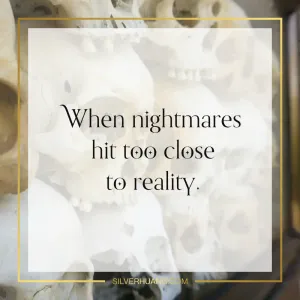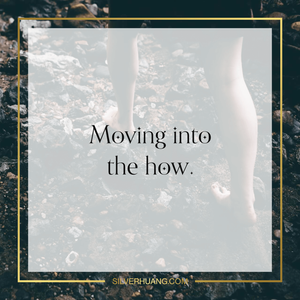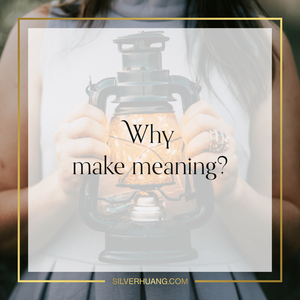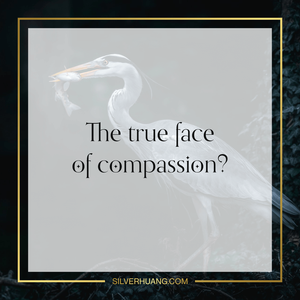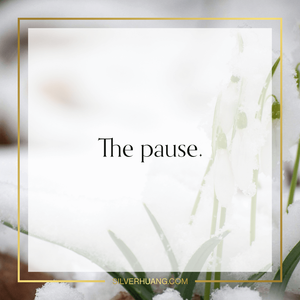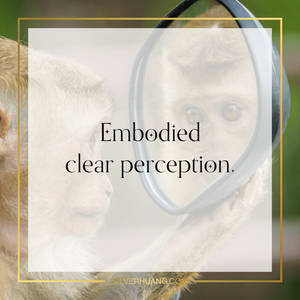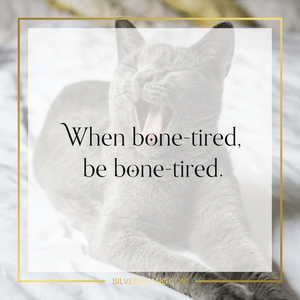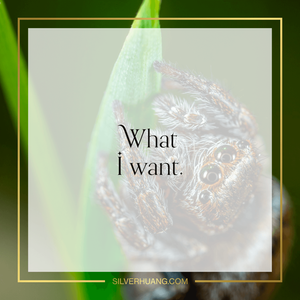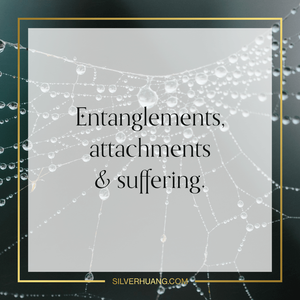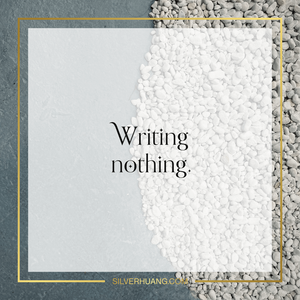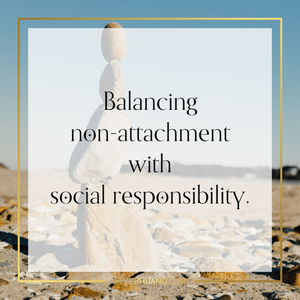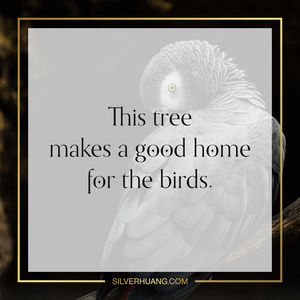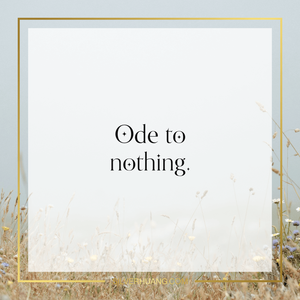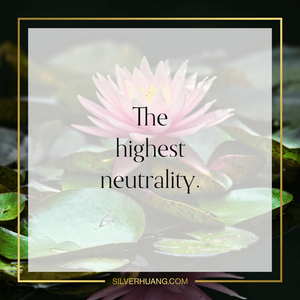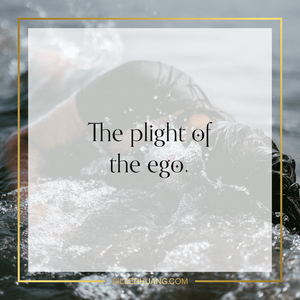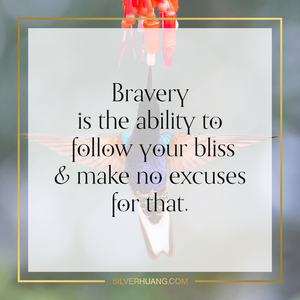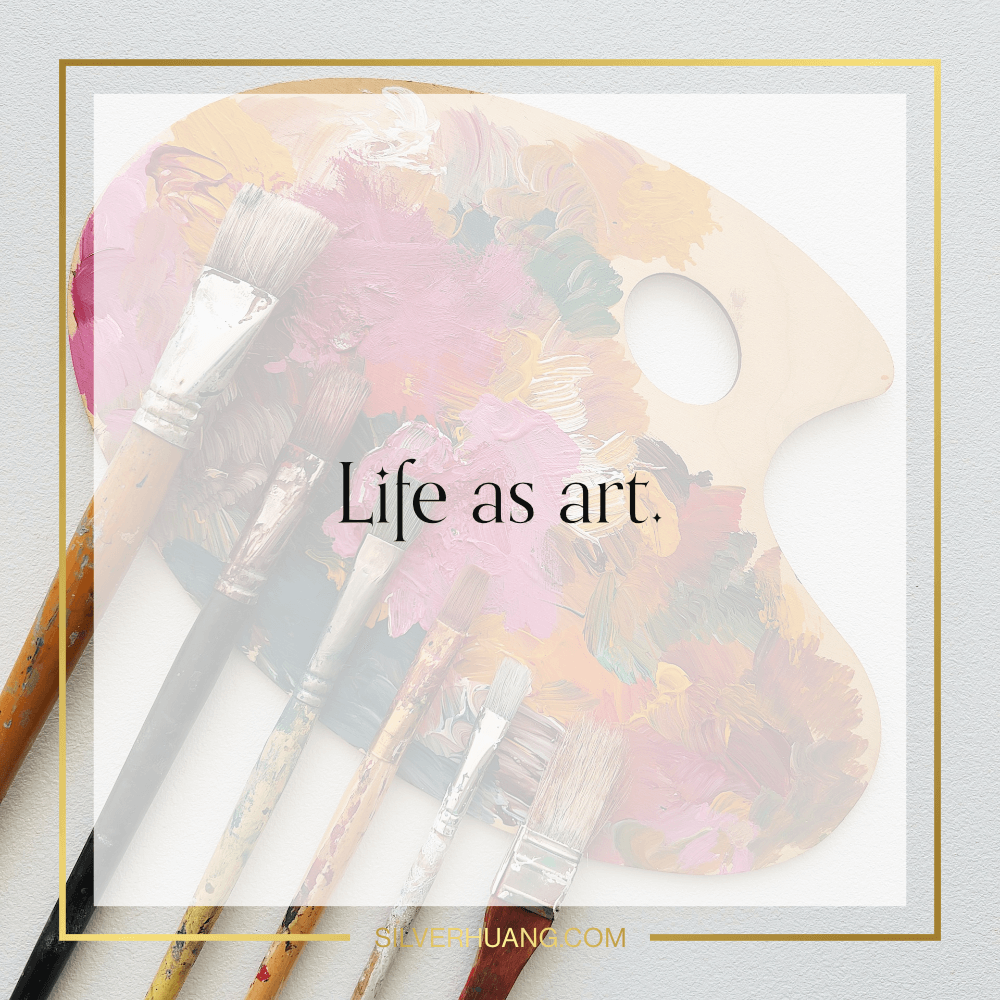
Life as art.
Life artist.
The words dropped into my head some time ago. Life as art.
Then I found this page and was 😲🤓🤩.
There is a word for this in German: Lebenskünstler.
Imagine making art, not with paint or clay, but with life itself as your medium.
[...]
The Germans have a wonderful word Lebenskunstler which means 'an artist of life'. It acknowledges that being an artist is not, in the first instance, about what you produce, but about your contribution to your environment based on the way you live. As creative entities, we can share our creativity in many ways. By how we dress or decorate our homes, by what we cook, by how we educate our children or entertain our friends, by how we dance and make love, by how we speak about our lives.
I love that. 😍
- To live your life as your art.
- To make your life your art.
Why?
I suppose that be akin to asking, "Why make art?"
In my own home-cooked-for-me-only cosmogony, I currently hypothesize that we make art because, as form-beings, it is in our nature to explore, witness and reflexively experience form as form.
Actually… that reminds me, chapter 42 of the Dao De Jing starts with:
道生一,一生二,二生三,三生萬物。
The Dao generates oneness, oneness generates allness, twoness generates threeness, threeness generates all things.
So… 0 = ∞
Ahhh... so this is why the DDJ calls it the "myriad things": The all-one-ness of formlessness begets the infinity of form.
— Mastodon post, 10 October 2024
In playing with the infinity and ecology of form, we celebrate the oneness and wholeness of the formless we are all a part of. Fractals giving birth to fractals.
We do this reflexively. Methinks we cannot even not do it. Just as formless birthed form, so does form continue to fractal onwards into infinity. From single-celled organisms to multicellular organisms and ecosystems, of which we humans are a single part.
(It begs the question, "Why did nothingness birth thingness?" 🤔 I don't have a satisfactory answer for that in my own cosmogony yet, though I am inspired by this already existing idea of the unknowable birthing the known from itself to know itself. I just can't remember where the idea comes from presently, need to follow this up with research! 🧐)
Yet, we humans, are also capable of awareness and intentionality. We have the capability to shift from reflexive to intentional; to bring a self-and-other awareness to the experience, exploring and witness of form through our creations.
We make things in a way that is different from any other species on this planet.
It makes me think of the following conversation between Stefan Milo and Milo Rossi (Milo & Milo finally got together for a video! IYKYK 🤣) in Stefan's video The ACTUAL Archaeology Of The Richat feat. Milo Rossi (Miniminuteman):
At 00:23:44:
Stefan Milo: You can see at this point, if you compare it to the earlier choppers, we've worked out how to make a symmetrical tool for a start, which says, you know, it's probably functional.
It is probably functional, but it does raise the question of, by this point in time, and we're talking probably anywhere from a million and a half years ago down to 500,000 years ago, for this, did hominins, a Homo erectus, did they have an appreciation for symmetry, like, form? What's going on in their brain?
You can't call it art, but is it, like, the first step towards art is an appreciation of, like, a symmetrical design?
Milo Rossi: Wow. That's a really interesting question. Yeah. I know that's something that is, you know, debated quite a lot is, you know, when does art truly arise? And what could be constituted as art?
But, you know, I think the thing to think about is, you know, like, would there be any functional reason to have something that symmetrical? Does it make sense to make it symmetrical all the time? Are you only using one side of it?
They kind of look, some of them resemble a spear point, which could make sense having, you know, a symmetrical design to it. Or is that something that was done just because it scratched that little itch in our brain, you know?
Stefan Milo: Yeah. I think it's a combination of both.
And then later on at 00:25:33:
Stefan Milo: So there's gotta be a functional element to it. But again, you can't help but wonder.
Milo Rossi: [...] I don't know where it's from, but I saw something recently [...] about a spear point that was found and it was made out of some sedimentary rock, and it had like a trilobite or some fossil in it.
And like, that's another one of those questions where it's like, you know, I assume they left it in there intentionally. Like, they probably broke the rock and found that and kind of sculpted, you know, the lithic around the fossil, which is pretty interesting, you know?
Stefan Milo: I know exactly what you're talking about. [...] It's so hard to imagine that they didn't do that deliberately and didn't have an appreciation of stuff like that.
So, I'm not saying Homo erectus made art or anything like that, but did they have, like, a visual appreciation for things? I think so. I think we're starting to see that evolving in our brains at this time.
Milo Rossi: Yeah. And I think that's something that it may be hard for us to see in the same way, just because what we view as art is something that's so complex now.
Why do we admire a snowflake? The colours in our lover's eyes? The sounds of a babbling brook? The smells of the tropical rainforest? The crunch of leaves underfoot in winter? The taste of salt air by the ocean?
I believe:
- We make art to admire form.
- We make art to admire the making of form.
To admire is defined by the Oxford Dictionary of English as to regard with respect or warm approval, to look at (something impressive or attractive) with pleasure.
Hence, I feel that, to make art of one's life as a life artist is to express an admiration for our lives.
- To regard the circumstances and events of our lives with fondness, and where that is not possible, respect.
- To celebrate, and where that is not possible, to witness the inherent value of our living.
To see our life as worthwhile, admirable and beautiful for its own sake. Not for any particular thing we do or achieve.

